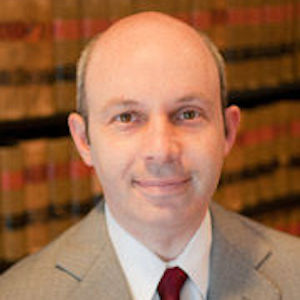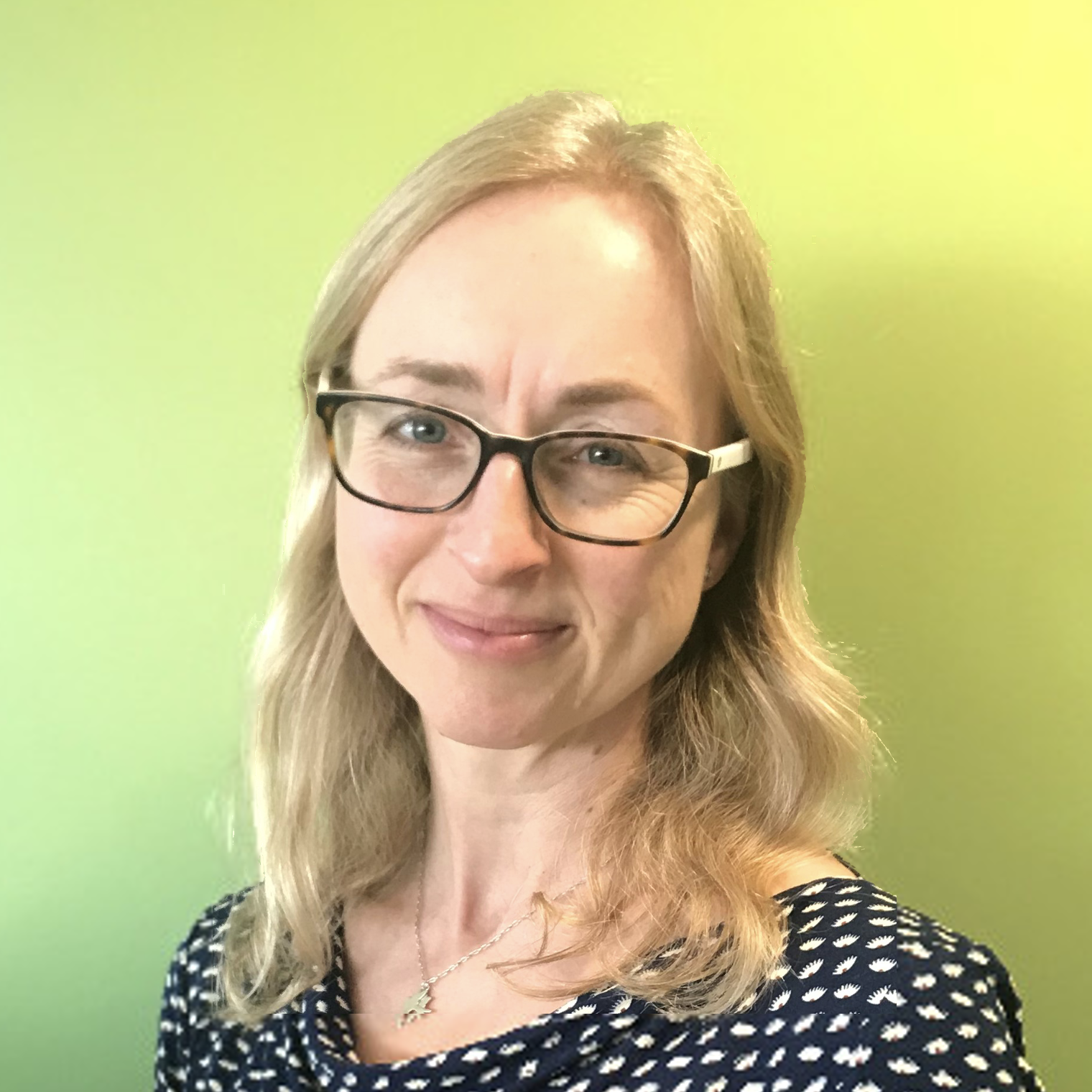Editorial Note: What follows is taken from Appellant’s Petition for Rehearing En Banc filed in Ariosa Diagnostics, Inc. v. Sequenom, Inc., filed on August 13, 2015. The text below is the Statement of the Case followed by the Introduction, which are flipped in order. The lead attorney for the Appellants is Thomas Goldstein. He is joined on the brief by Michael Malecek and Robert Barnes. Republished with permission.
_______________
 In the 1990s, an effort was underway to find non-invasive ways to determine fetal genetic features in early pregnancy—including, most importantly, the presence of substantial abnormalities. The field was focused on the cellular portion of maternal blood, believing that fetal cells might be found therein and tested for genetic traits. Researchers at the time thus routinely discarded the rest of the blood—the plasma and serum—as medical waste. Op. 3. That is until Drs. Dennis Lo and James Wainscoat completely revolutionized the field. Id. 15.
In the 1990s, an effort was underway to find non-invasive ways to determine fetal genetic features in early pregnancy—including, most importantly, the presence of substantial abnormalities. The field was focused on the cellular portion of maternal blood, believing that fetal cells might be found therein and tested for genetic traits. Researchers at the time thus routinely discarded the rest of the blood—the plasma and serum—as medical waste. Op. 3. That is until Drs. Dennis Lo and James Wainscoat completely revolutionized the field. Id. 15.
In 1996, these inventors discovered that cell-free fetal DNA (cffDNA) was circulating in the blood of pregnant mothers. Id. 3. This was a profound breakthrough; their Lancet article describing it has since been cited about a thousand times. Id. 15. Lo and Wainscoat found, moreover, that this knowledge could be used to create a previously unknown maternal blood test for certain fetal genetic traits and abnormalities. Id. 3. While the cell-free fetal DNA in maternal serum and plasma is hard to distinguish from cell-free maternal DNA, Lo and Wainscoat discovered that they could identify fragments containing paternal sequences that the mother was known not to share, and thereby reliably identify fetal DNA in the mother’s blood sample. They further discovered that the fraction of cell-free fetal DNA—when identified as fetal through the detection of paternally inherited structures—would be larger in the sample if the fetus had certain genetic abnormalities like Down Syndrome. Id. 10.
The ’540 patent teaches these combined discoveries, and a method of applying them to test for medically relevant conditions. Id. 9. In the panel’s words, this “invention, commercialized by Sequenom as its MaterniT21 test, created an alternative for prenatal diagnosis of fetal DNA that avoids the risks of widely-used techniques.” Id. 3. This, if anything, undersells the benefit: Amniocentesis carries a material risk of heartbreaking miscarriage or fetal needle injuries; Lo and Wainscoat replaced a long needle invading the amniotic sac with a basic blood draw from a mother’s arm.
The patent specifically claimed a method of (1) fractionating a pregnant mother’s blood, (2) amplifying the genetic material in the serum/plasma, and (3) identifying paternally inherited material as a means of testing for fetal characteristics or medical conditions. It is undisputed that no one was previously practicing these steps in combination because they were in fact discarding the relevant materials as waste. Id. The techniques involved were known, but their combination as taught in the ’540 patent was anything but conventional; indeed, the convention was essentially the opposite.
Critically, Lo and Wainscoat did not try to claim cffDNA itself or preempt any use of it by others. Id. To the contrary, peer-reviewed research has demonstrated practical uses for cffDNA that do not fractionate maternal blood, do not amplify the DNA, and do not detect paternally-inherited DNA. Id. 14.
The panel nonetheless reasoned that the ’540 patent fails Mayo’s two-step test for eligibility under §101. First, the panel determined that the claims “are directed to a patent-ineligible concept” because the “method begins and ends with a natural phenomenon” (i.e., cffDNA). Op. 9-10. The panel then held that, under Mayo’s second step, the claimed method did not “‘transform’ the claimed naturally occurring phenomenon into a patent-eligible application.” Id. 10. The panel’s core reasoning was that, “[f]or process claims that encompass natural phenomenon, the process steps … must be new and useful.” Id. And because researchers already knew how to (1) fractionate blood; (2) amplify DNA in serum or plasma; and (3) detect characteristics in amplified DNA, the method impermissibly added only “well-understood, routine, and conventional activity” to the natural phenomenon Lo and Wainscoat discovered. Id.
The panel then discussed “Sequenom’s remaining argument[]” that “before the ’540 patent, no one was using the plasma or serum of pregnant mothers to amplify and detect paternally-inherited cffDNA.” Op. 15. The panel stated that this argument “implies that the inventive concept lies in the discovery of cffDNA in plasma or se- rum,” and that “[e]ven if so, this is not the invention claimed by the ’540 patent.” Id. The panel’s apparent rationale was that because the motivation for the new combination of techniques in the ’540 method lay in the discovery of cffDNA in maternal plasma, the invention merely reflected the patent-ineligible discovery itself.
Finally, the panel held that it is irrelevant that the ’540 patent does not preempt all uses of cffDNA or its discovery in maternal plasma. The panel acknowledged that, under a long line of Supreme Court precedent, “the principle of preemption is the basis for the judicial exceptions to patentability” under §101. Op. 14. But it nonetheless held that preemption is a one-way ratchet: it “may signal patent ineligible subject matter,” but “the absence of complete preemption does not demonstrate patent eligibility.” Id. Indeed, the panel expressly held that, once a court concludes that the claims involve only natural phenomena and “conventional” activity, “preemption concerns are fully addressed and made moot.” Id. 14-15. Thus, without doubting Sequenom’s showing that cffDNA had been put to use by alternative methods not preempted by the ’540 patent, the panel attributed no significance to this fact whatsoever. Id.
Judge Linn wrote separately, explaining that he joined the result “only because [he was] bound by the sweeping language of the test set out in Mayo.” Linn Op. 1. In his view, “this case represents the consequence—perhaps unintended—of that broad language in excluding a meritorious invention from the patent protection it deserves and should have been entitled to retain.” Id. 2. Unlike the panel, he acknowledged Diehr, the Supreme Court’s endorsement of it in Mayo, and its applicability to this case. Id. 2-3. Nonetheless, he concluded that the language of Mayo, though unnecessary to the decision, seemed to compel a finding of ineligibility, id. 3—even while he made it emphatically clear that “Sequenom’s invention is nothing like the invention at issue in Mayo,” and there was “no reason, in policy or statute” to deny it eligibility. Id. 4-5.
The panel decision in this case reads recent Supreme Court precedent to create an existential threat to patent protection for an array of meritorious inventions. It avowedly holds that “groundbreaking” new diagnostic methods that make a significant contribution to the medical field” are ineligible for a patent whenever they (1) incorporate the discovery of a natural phenomenon, and (2) the techniques involved in putting that discovery to its first practical use were individually known beforehand. See Op. 10, 16. In other words, the person who first discovers a natural phenomenon can never obtain a patent on any practical application of that new knowledge, however surprising or revolutionary the results, unless the steps she teaches to use it are independently novel. As the example of this case vividly shows, that cannot be correct.
The invention at issue, U.S. Patent No. 6,258,540, teaches an unforeseen way of testing a mother’s blood for genetic traits in her fetus—a hugely practical result that revolutionized fetal diagnostics by allowing early detection of everything from gender to genetic disease without the serious risk to the health and life of the mother and fetus posed by procedures like amniocentesis. While the individual techniques involved were known, no one had been practicing them in the combination disclosed in the patent; to the contrary, the material the patent taught the world how to test had previously been discarded as waste. As Judge Linn’s opinion explains, there is “no reason, in policy or statute, why this breakthrough invention should be deemed patent ineligible”—and many others with it. Linn Op. 5. Yet that is the result the panel reached.
The stakes of that holding are breathtaking, it has nothing to recommend it, and the Supreme Court has in fact strongly signaled that it is incorrect. See Myriad, 133 S. Ct. at 2120 (while Myriad could not patent the isolated genes themselves, “as the first party with knowledge of [them], Myriad was in an excellent position to claim applications of that knowledge.”). In Diehr, 450 U.S. at 181, the Supreme Court held that a new combination of steps leading to a new practical result is eligible for a patent even if the individual steps were known beforehand and the core of the invention is an unpatentable natural law or formula. Mayo, in turn, reaffirmed this aspect of Diehr. 132 S. Ct. at 1298-99. Yet the panel majority did not even cite Diehr, nor acknowledge Myriad’s language showing that the Supreme Court did not intend this case’s result.
To be sure, the Supreme Court’s guidance on §101 has been oracular, and—as Judge Linn explained—the panel’s holding might be viewed as an unintended consequence of some of Mayo’s dicta. But the courts should not force Supreme Court cases to conclusions they know it did not intend, and it will not do for this Court—which the legal system relies upon to guide the evolution of the patent law—to refuse the crucial task of reconciling the Supreme Court’s teachings in this difficult area by pre- tending that several of them do not exist. That is particularly so because the panel’s ruling threatens to swallow whole fields of invention, risking both the investment and the disclosure that the patent system so strongly encourages. The ironic result will be that a “preemption” doctrine designed to ensure that fundamental discoveries remain a public good will instead prevent them from being made or taught to the world.

![[IPWatchdog Logo]](https://ipwatchdog.com/wp-content/themes/IPWatchdog%20-%202023/assets/images/temp/logo-small@2x.png)


![[Advertisement]](https://ipwatchdog.com/wp-content/uploads/2024/04/Patent-Litigation-Masters-2024-sidebar-early-bird-ends-Apr-21-last-chance-700x500-1.jpg)

![[Advertisement]](https://ipwatchdog.com/wp-content/uploads/2021/12/WEBINAR-336-x-280-px.png)
![[Advertisement]](https://ipwatchdog.com/wp-content/uploads/2021/12/2021-Patent-Practice-on-Demand-recorded-Feb-2021-336-x-280.jpg)
![[Advertisement]](https://ipwatchdog.com/wp-content/uploads/2021/12/Ad-4-The-Invent-Patent-System™.png)







Join the Discussion
4 comments so far.
EG
September 14, 2015 01:28 pmPaul,
It would be nice if the Justices of the SCOTUS were more open-minded and more knowledgeable about science. But as others and I unfortunately have see here across the Pond, the sad fact is that the Royal Nine anything but open-minded about patent law jurisprudence, and frankly revel in being technologically-ignorant. (The word is that none of these Justices even use e-mail which you might find shocking but is entirely believable by us here in the States.)
Like the 60’s and 70’s, SCOTUS has decided for the past 9 years or so to again venture into the realm “patent policy” even though that’s clearly the province of Congress, not the judiciary. For example, the fact that the express language of 35 USC 101 doesn’t provide for any of these so-called “exceptions” which were known by Congress back in 1952 and were clearly rejected by the express language of current 35 USC 101 has regrettably not deterred the appetite of the current SCOTUS Justices to legislate so by judicial fiat, not by the rule of law. Telling Royal Nine that they’ve overstepped their judicial authority which they clearly have falls utterly on deaf ears. And equally regrettable, our Congress is only interested now in enacting legislation to address the overblown so-called “patent troll” problem, fueled by the PR campaign of the Goliath multinational corporations such as Google who would just as soon completely burn down the US’ IP system. Not a good time for encouraging the David’s of innovation here in the States.
Anon
September 13, 2015 08:33 pmMr. Cole,
Justice does not have a day off.
Paul Cole
September 13, 2015 04:36 pm@ Step Back
Ease up – its Sunday!
step back
September 13, 2015 01:28 pmDear Mr. Goldstein,
It is a very sad state of affairs that Justices on our US Supreme Court and even judges at the Fed. Cir. do not understand basic science.
Except for identical twins (and perhaps even true for them), every human being is a uniquely programmed biological machine due to unique DNA combinations and there is no “Law of Nature” dictating how their bodies will operate. (The Mayo decision went completely off the tracks in this regard.)
Indeed there actually is no such thing as a Law “of Nature” because Mother N. does not descend from Mount Olympus with clay tablets clutched to her supposedly nurturing bod and on which are inscribed “her” laws.
When our Mt. Olympus 9 start dabbling and babbling in stuff (science, technology) they clearly do not understand (is it like a leaf? is it like a baseball bat?), our nation takes a detour off the Road to Reality (see book by Penrose, R. with said title) and heads into the swamp lands of alchemy, witchcraft and inquisitions of the most unscientific kind.
So-called “friends” of the court are not here to help. Their job is to obfuscate and persuade based on economic interests. A sad state of affairs. Just sad.